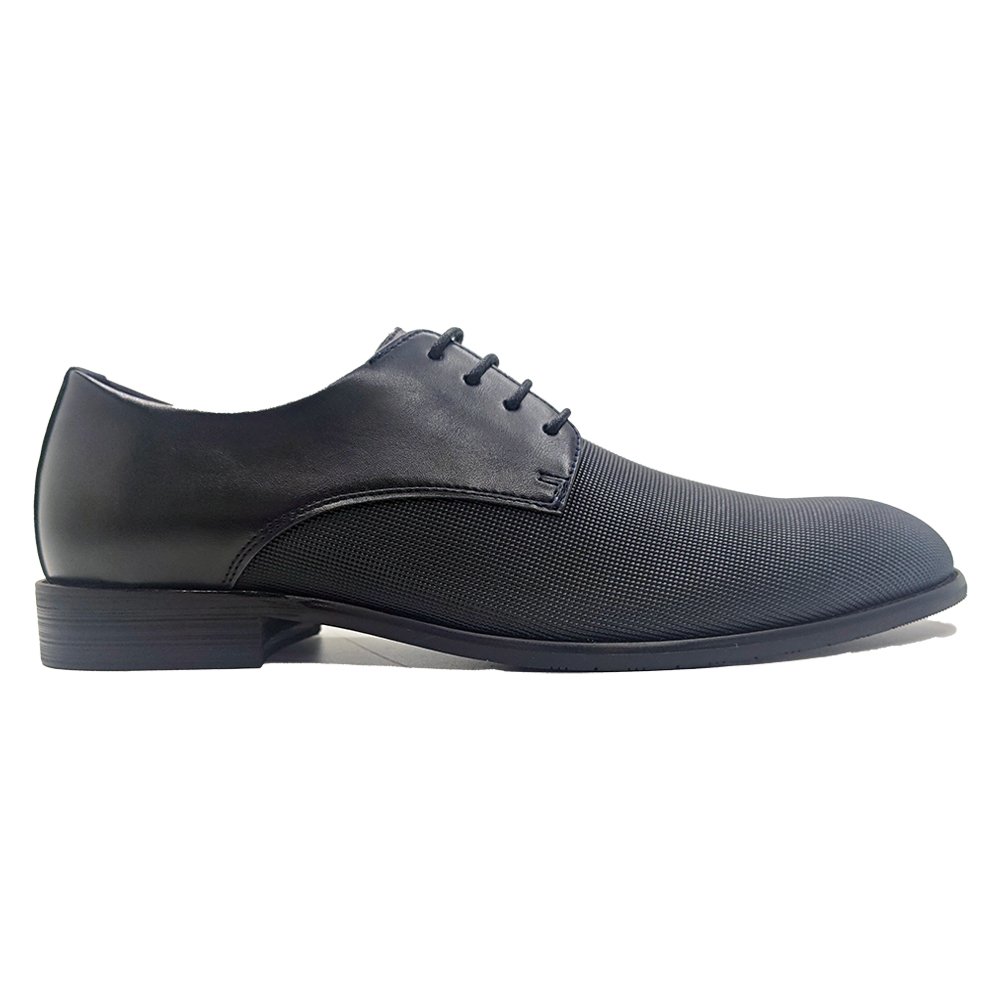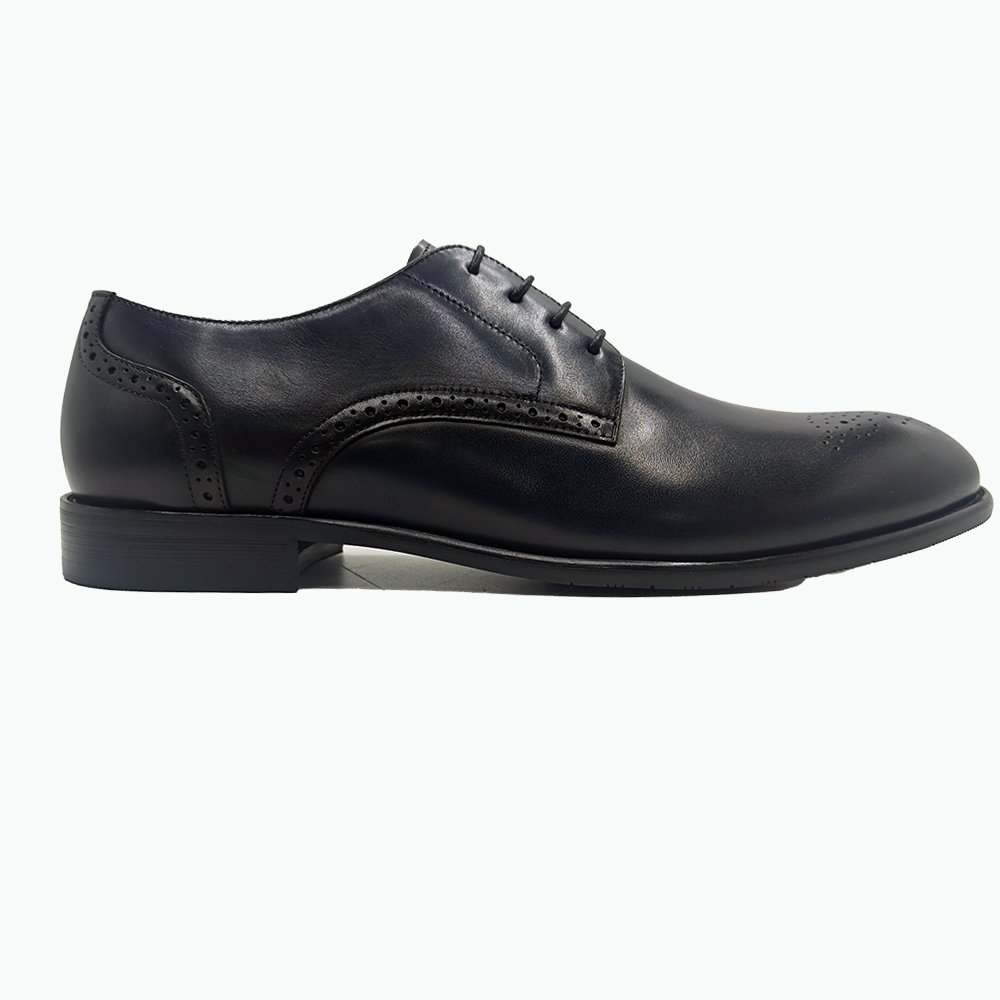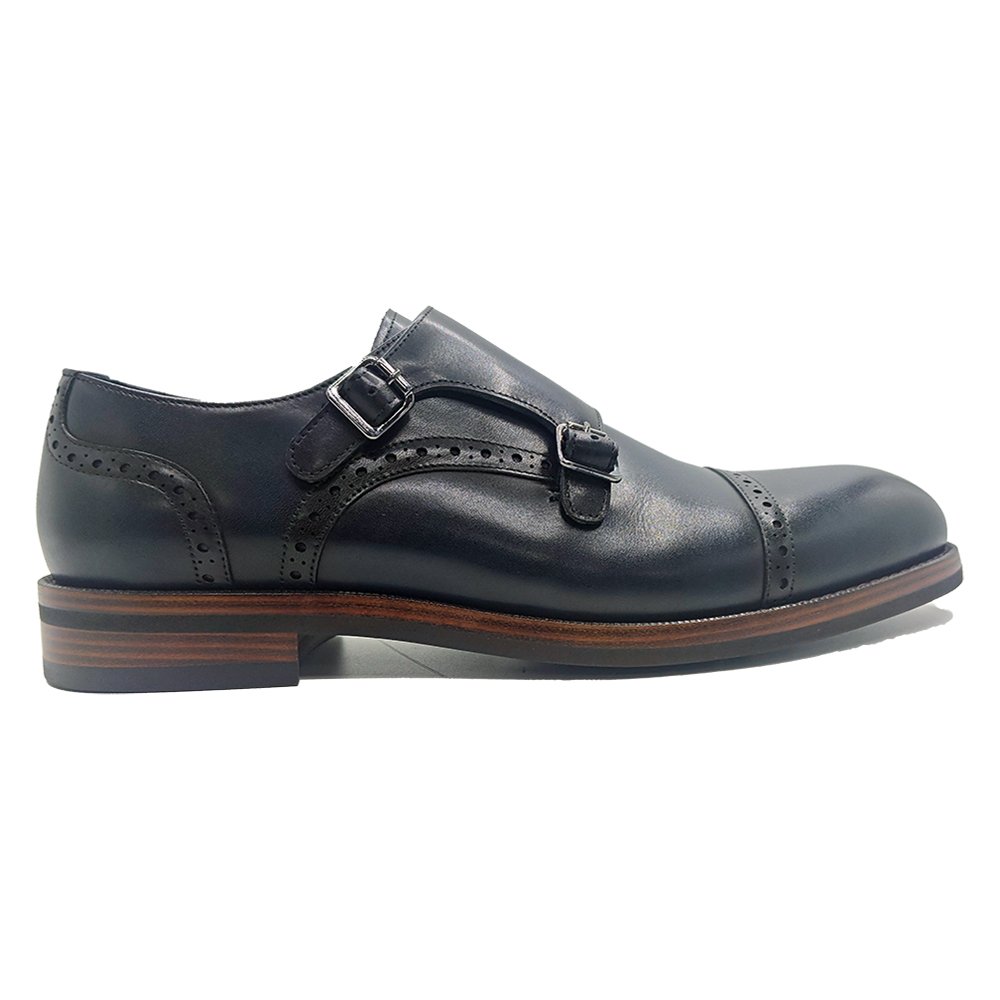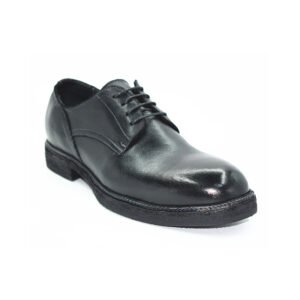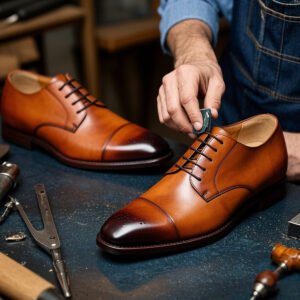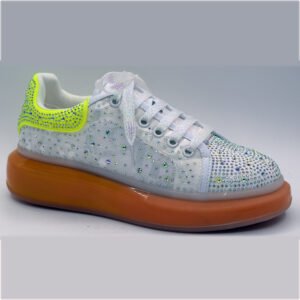Last Updated on 2025-09-06 by Topmenz Shoes
Casual shoes are synonymous with comfort, versatility, and effortless style. However, one critical feature that often goes unnoticed—yet is vital for comfort—is breathability. Breathable casual shoes prevent overheating, reduce moisture buildup, and mitigate odors, ensuring all-day comfort whether you’re navigating city streets, traveling, or enjoying outdoor activities. As a custom shoe factory with expertise in crafting casual footwear, we understand the science and artistry behind breathability. This article explores how materials, technologies, and manufacturing processes converge to create casual shoes that keep your feet cool, dry, and comfortable.
1. Casual shoes Breathable Materials: The Foundation of Airflow
The choice of materials directly impacts a shoe’s ability to “breathe.” Below are the most effective materials used in breathable casual shoes:
1.1 Natural Materials
- Leather: Full-grain and vegetable-tanned leathers are naturally porous, allowing air circulation while wicking moisture. Suede and nubuck, with their textured surfaces, enhance airflow but require more maintenance.
- Cotton & Canvas: Lightweight and breathable, cotton and canvas are staples in casual shoes like espadrilles and slip-ons. Their open-weave structure promotes ventilation.
- Linen: Often blended with cotton, linen is highly breathable and ideal for summer casual shoes.
1.2 Synthetic Innovations
- Mesh Fabrics: Engineered mesh, particularly in athletic-inspired casual shoes, offers unmatched airflow. Knitted mesh (e.g., Nike Flyknit) adapts to foot contours while maintaining breathability.
- Microfiber: Lightweight synthetic microfiber mimics leather’s breathability but with enhanced durability and water resistance.
- Eco-Friendly Materials: Recycled polyester and plant-based textiles like Piñatex (pineapple fiber) combine sustainability with breathability.
1.3 Hybrid Solutions
- Leather-Mesh Combinations: Panels of mesh integrated into leather uppers balance style and airflow.
- Perforated Synthetics: Laser-cut perforations in synthetic uppers create targeted ventilation zones.
2. Advanced Technologies for Enhanced Airflow
Modern technologies elevate breathability beyond traditional materials. Here’s how innovation plays a role:
2.1 Moisture-Wicking Linings
- Antimicrobial Fabrics: Linings infused with silver ions or activated charcoal wick sweat and neutralize odors.
- Open-Cell Foam Insoles: These foams, often used in casual sneakers, allow air to circulate beneath the foot while cushioning.
2.2 Ventilation Systems
- Airflow Channels: Some casual shoes feature hidden channels in the midsole that direct air from the heel to the toe.
- Active Ventilation: Brands like Salomon integrate tiny vents in outsoles to expel heat during movement.
2.3 3D Knitting & Weaving
- Seamless Uppers: 3D-knit uppers (e.g., Adidas Primeknit) eliminate stitching, reducing friction points and maximizing breathability.
- Dynamic Zones: Gradient knitting creates tighter weaves in high-stress areas (e.g., the toe box) and looser weaves where airflow is prioritized.
2.4 Smart Temperature Regulation
- Phase-Change Materials (PCMs): Embedded microcapsules absorb excess heat and release it when temperatures drop.
- Thermoregulatory Membranes: Similar to Gore-Tex but lighter, these membranes block external moisture while allowing internal vapor to escape.
3. casual shoes Craftsmanship: Precision Engineering for Breathability
Even the most advanced materials require expert craftsmanship to optimize breathability. Here’s how manufacturing techniques make a difference:
3.1 Stitching & Perforation Techniques
- Laser-Cut Perforations: Precision lasers create micro-perforations in leather or synthetic uppers without fraying edges.
- Handstitched Openings: Artisans reinforce ventilation zones with tight, even stitches to prevent material degradation.
3.2 Lasting and Sole Construction
- Anatomically Designed Lasts: Custom shoe lasts (molds) shape the shoe to the foot’s natural contours, preventing tight spots that restrict airflow.
- Breathable Outsoles: Rubber outsoles with porous designs or air-infused compounds (e.g., EVA foam) reduce heat retention.
3.3 Layered Assembly
- Breathable Midsole Designs: Casual shoes with cork or latex midsoles allow air to circulate vertically.
- Removable Insoles: Modular designs let users replace standard insoles with breathable, moisture-wicking alternatives.
3.4 Eco-Conscious Production
- Water-Based Adhesives: Unlike solvent-based glues, these adhesives don’t clog material pores during assembly.
- Minimalist Construction: Stitch-down or slip-lasted methods reduce layers, enhancing airflow through the shoe’s structure.
-
Rated 0 out of 5
-
Rated 0 out of 5
-
Rated 0 out of 5
-
Rated 0 out of 5
4. Case Study: Custom Casual Shoes with Targeted Breathability
At our factory, we recently crafted a line of custom casual shoes for a client seeking breathability for tropical climates. Here’s how we delivered:
4.1 Material Selection
- Upper: Hybrid knit mesh with reinforced leather toe caps.
- Lining: Bamboo fiber fabric with antimicrobial treatment.
- Insole: Cork footbed with coconut fiber padding.
4.2 Technology Integration
- Laser Perforations: Micro-perforations along the arch and heel.
- Ventilated Midsole: EVA foam with vertical airflow channels.
4.3 Craftsmanship Details
- Handstitched Edges: To prevent mesh fraying.
- Slip-Last Construction: For a lightweight, breathable fit.
4.4 Results
- 40% Improved Airflow: Compared to the client’s previous shoes.
- Zero Moisture Buildup: Even after 8 hours of wear in humid conditions.
5. Maintaining Breathability: Care Tips for Casual Shoes
Breathability diminishes if shoes aren’t cared for properly. Here’s how to preserve airflow:
5.1 Cleaning
- Mesh & Knit Uppers: Use a soft brush and mild detergent to unclog pores.
- Leather: Condition with non-greasy products to maintain natural breathability.
5.2 Drying
- Avoid Direct Heat: Dry shoes in a well-ventilated area to prevent material warping.
- Use Cedar Shoe Trees: Absorb moisture and retain shape.
5.3 Storage
- Breathable Bags: Store casual shoes in cotton or mesh pouches.
- Rotate Pairs: Allow shoes to air out between wears.
6. The Future of Breathable Casual Shoes
Innovation continues to push the boundaries of breathability:
6.1 Self-Cleaning Materials
- Photocatalytic Fabrics: Break down sweat and odors when exposed to light.
6.2 Adaptive Ventilation
- Smart Sensors: Detect foot temperature and humidity, adjusting airflow via micro-vents.
6.3 Circular Design
- Biodegradable Mesh: Compostable materials that maintain breathability throughout their lifecycle.
Breathability as a Cornerstone of Comfort
In casual shoes, breathability is not a luxury—it’s a necessity. From the selection of natural and engineered materials to cutting-edge technologies and artisanal craftsmanship, every detail contributes to keeping feet cool and dry. As a custom shoe factory, we pride ourselves on mastering these elements to deliver casual shoes that blend style, comfort, and functionality seamlessly. Whether you’re exploring urban landscapes or relaxing outdoors, breathable casual shoes ensure every step is a pleasure.
Any questions pls contact custom shoes expert Whatsapp +86 13392749315 and Get the latest news and updates straight to your email inbox.


